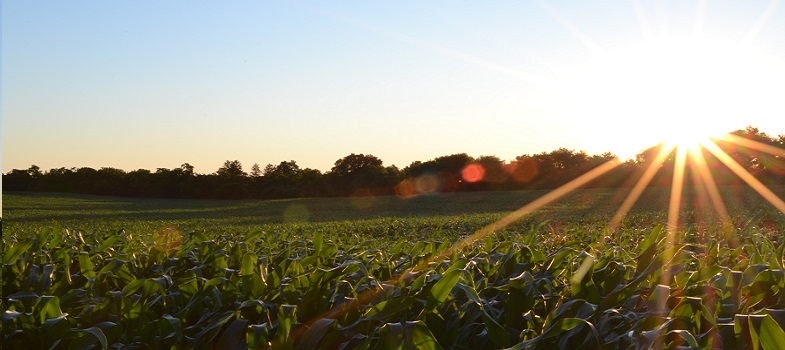Innovations
Firstly, while we looked at some general definitions of innovation in Session 1, innovations within agriculture have long been dominated by a discourse based upon a transfer of technology model whereby a new technological product or process is developed and tested through commercial or publicly funded R&D and then ‘released to the market’ (Rogers, 2002). Both the product/process and accompanying information, advice and guidance are then disseminated through varying channels, often with an assumption that there will be field advisors acting as agents of knowledge exchange.
In recent years a broader view of technology and knowledge exchange has been taken. Knowledge exchange is discussed in detail below but a key feature is that the knowledge exchange is not just one way from (scientific) innovators to (farmer) users via (advisor) intermediaries. Neither is it two-way between these sets of actors. Rather, it is participatory, reflective and multi-lateral, with knowledge about products and processes created through action research or systems of practice (see below) that does not stop once an innovation has been ‘adopted’. Such participatory processes attempt to address the differing power relationships between actors in social settings and use the participants as key partners in the research, development, implementation and evaluation cycle for innovations (Lane and Flagg, 2010).
Another important feature is the nature and source of innovations. While the literature across a wide set of domains may talk about product vs. process innovation or incremental vs. radical innovation, there has also been much that has dealt with how innovations are developed and used outside of the confines of a single organisation.
Bogers and West (2012) discuss open innovation which involves firms cooperating across boundaries to create and commercialise innovations through knowledge sharing: user innovation, which is where the innovator freely shares within and beyond their community of practice, and social innovation, innovations that improve a product or process while meeting a social need in a socially responsible way (Murray et al., 2010).
Thus, innovations and the uses to which they are put by a farming community form a complex system that can be difficult to fully understand.
Sustainable Innovation Support services
